Predicting the Present
Outland’s new special issue draws on the program of Art Dubai’s Global Art Forum, and its “agnostimistic” inquiry into trends in media, technology, and culture.
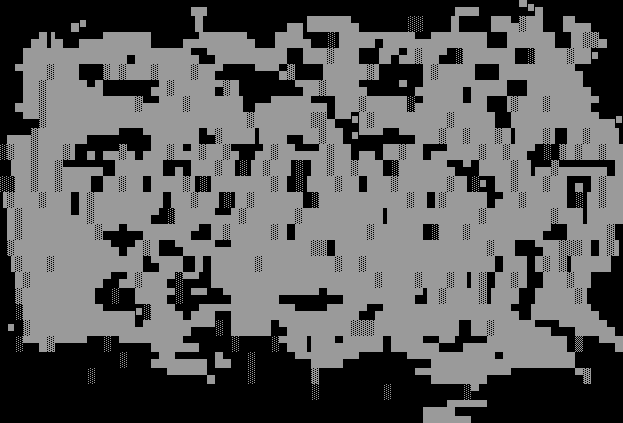
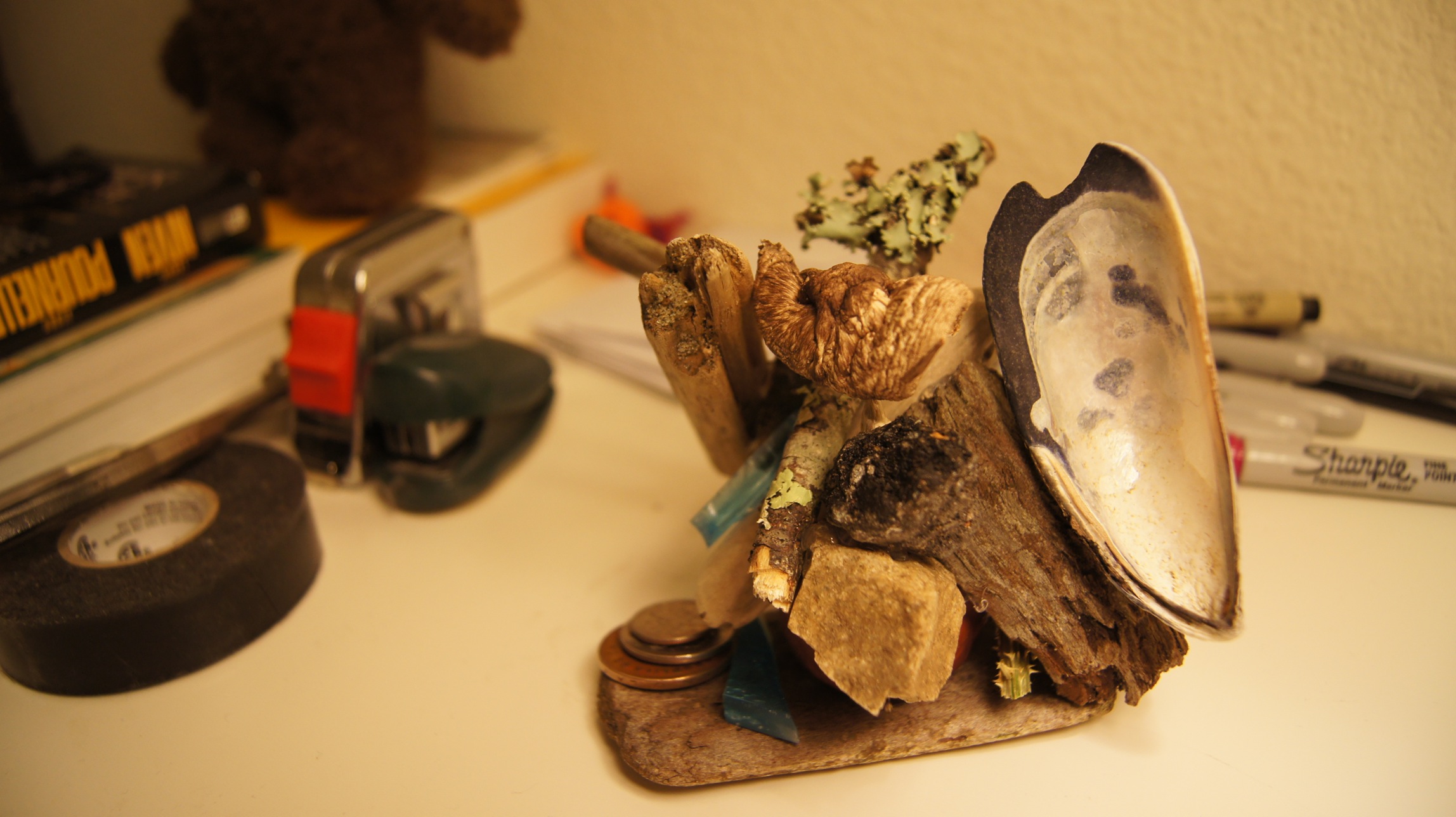
The Ordinals protocol is a work of art. It can be used to inscribe works of art onto the Bitcoin blockchain, putting the data of media files directly into the code of a block. This functionality partly masks its nature—it’s not only a vehicle for the storage, distribution, and exchange of art, but also an artistic intervention that opens up new ways of seeing a data structure designed for transacting cryptocurrency.
The protocol was developed by an artist for use by other artists.
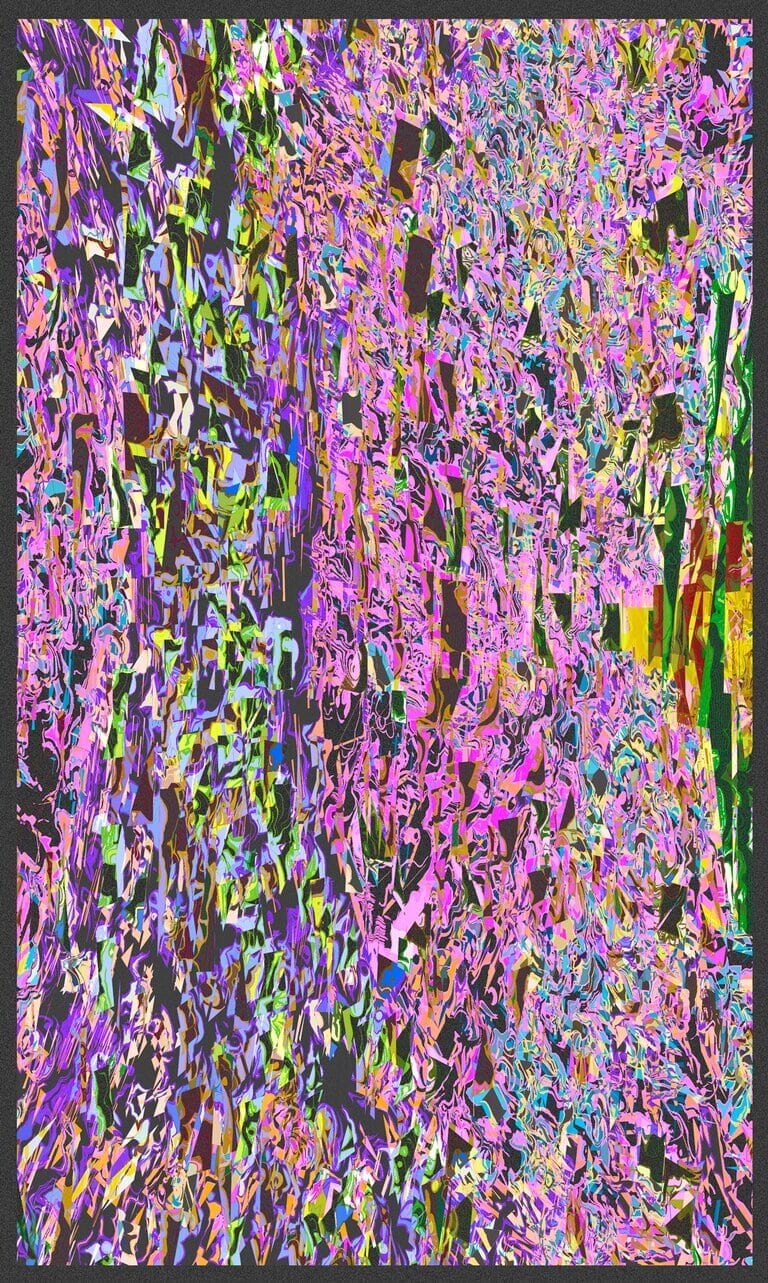
Calling a protocol an artwork is, of course, a provocation, especially when there’s truth behind the words. It runs the risk of delegitimizing the protocol, making its effects appear less serious or concrete. Art’s value is not a hard fact—it’s established by social consensus. But this reliance on agreement is arguably true in the case of Ordinals. The protocol takes advantage of a 2021 upgrade to the Bitcoin blockchain that allows for data storage. It operates by marking as special segments of Bitcoin that have been inscribed, though not all nodes and operators recognize these differences. If you’re not using the right software, you might accidentally lose the artwork in your Ordinals collection when spending Bitcoin on an unrelated transaction. This is a security weakness, and a potential headache for conservators who may be charged with preserving Ordinals art in the future, but I think it’s also a conceptual strength, the thing that makes Ordinals interesting. The protocol was developed by an artist for use by other artists. It is maintained through the collective creation of art and value. It augments Bitcoin by creating a new use for it. And it’s a mimicry of Bitcoin, a parasitic twin that sharpens people’s understanding of what the blockchain is and is for.
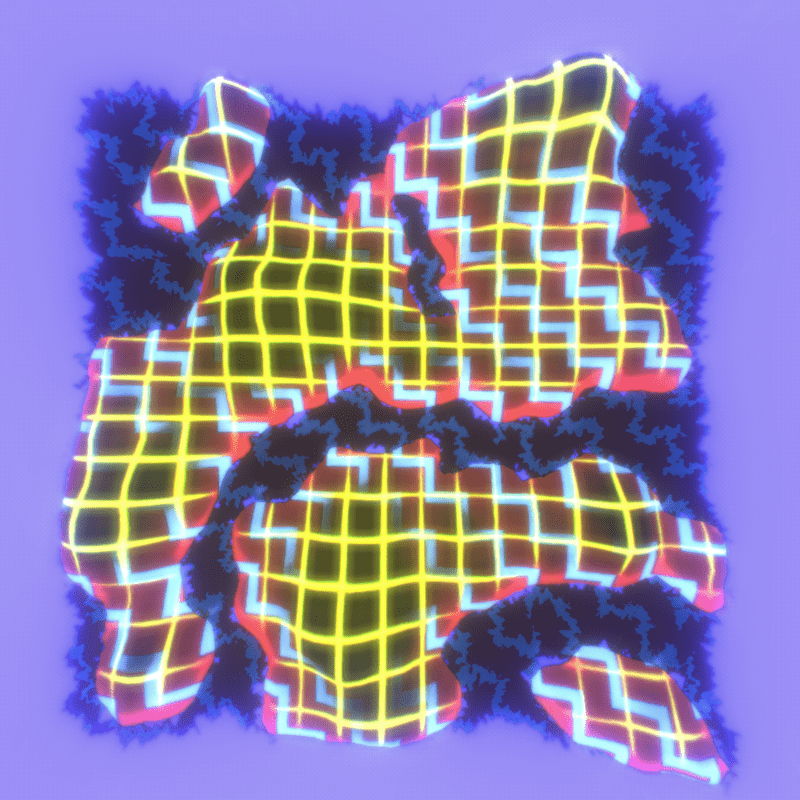
The website of Casey Rodarmor, the developer who launched the Ordinals protocol in January 2023, is full of other art projects, a record of his efforts to do cool stuff with code. He staged a performance in his garage, with lights bouncing off the door. He made a website that simulates the forces of gravity with lines and fields that visitors can toggle on and off to test the effects. He kept a funny, hand-coded photodiary of his experience studying abroad in Sweden. The projects in the top row are more ambitious, with links to Github and other codebases, but they aren’t differentiated in the style of presentation from what came before. The Ordinals protocol is listed among these, without any particular fanfare.
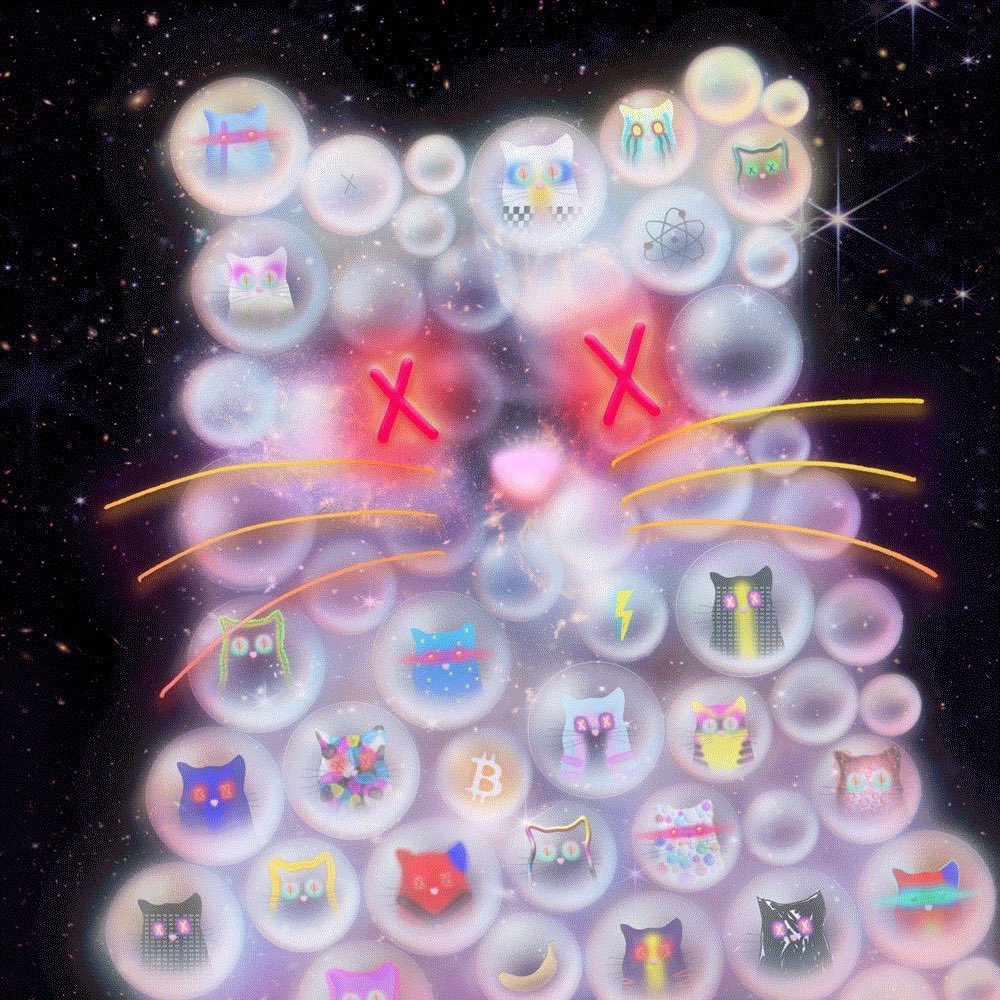
All this suggests that I’m not the only one who sees Ordinals as an artwork. Rodarmor does, too—or at least he sees it in the lineage of his various artistic projects. The detractors of Ordinals have also use art metaphors to describe what it does. “Would you like the pyramids of Egypt more if they were covered in graffiti?” asks e-commerce entrepreneur Daniele Servadei in an op-ed for Cointelegraph. “That’s the kind of blight the Ordinals Protocol brought to Bitcoin.” Servadei protests exterior additions to a structure that would otherwise remain pure and unadorned. He doesn’t acknowledge that, according to ancient account, the pyramids were covered with hieroglyphs before the facades were stripped by invaders. Nor does he note that the graffiti in the Colosseum (another monument he mentions) is a valuable trove of insights into Roman life. In his critique, Servadei inadvertently reminds us that Ordinals enrich Bitcoin with cultural information. In an essay for Outland, Kevin Buist makes a similar connection, albeit with more positive connotations, placing Ordinals within the context of other “Bitcoin graffiti”—the jokes, poems, and ASCII art that have been recorded in blocks since the earliest years of the chain. Buist describes these as a “creative misuse of technology.”
Ordinals enrich Bitcoin with cultural information.

So far, most of the art inscribed as Ordinals consists of PFPs and collectibles—remakes of popular Ethereum collections like CryptoPunks and Bored Apes. This first rush to put stuff on Bitcoin did not create the most encouraging environment for artists. FAR is one artist who has been experimenting with Ordinals as a creative environment. He made the art for the 2023 PFP collection Taproot Wizards, which plays with Bitcoin lore and maxes out the block size. He has also released projects like Flares (2024), which uses recursive code to connect Bitcoin blocks in order to store more complex media that evolves over time. In January, he curated the first auction of Ordinals at Sotheby’s, with works by artists including Claudia Hart, Ana Maria Caballero, and Jennifer & Kevin McCoy. Now he’s continuing his leadership in the space by serving as guest editor for the new issue of Outland, advising us as we look at Ordinals within the context of the history of art on Bitcoin—a history that, as we’ll see, has always entailed creative interventions and clever misuses of technology.
Brian Droitcour is Outland’s editor-in-chief.
